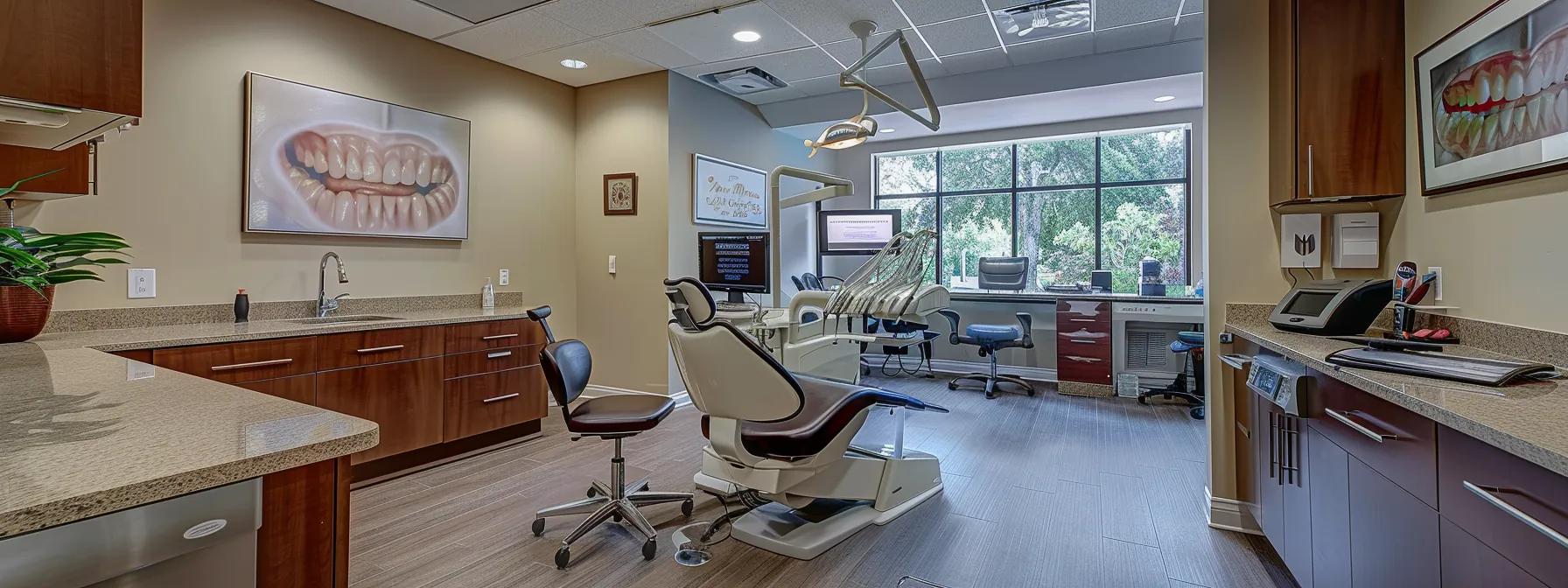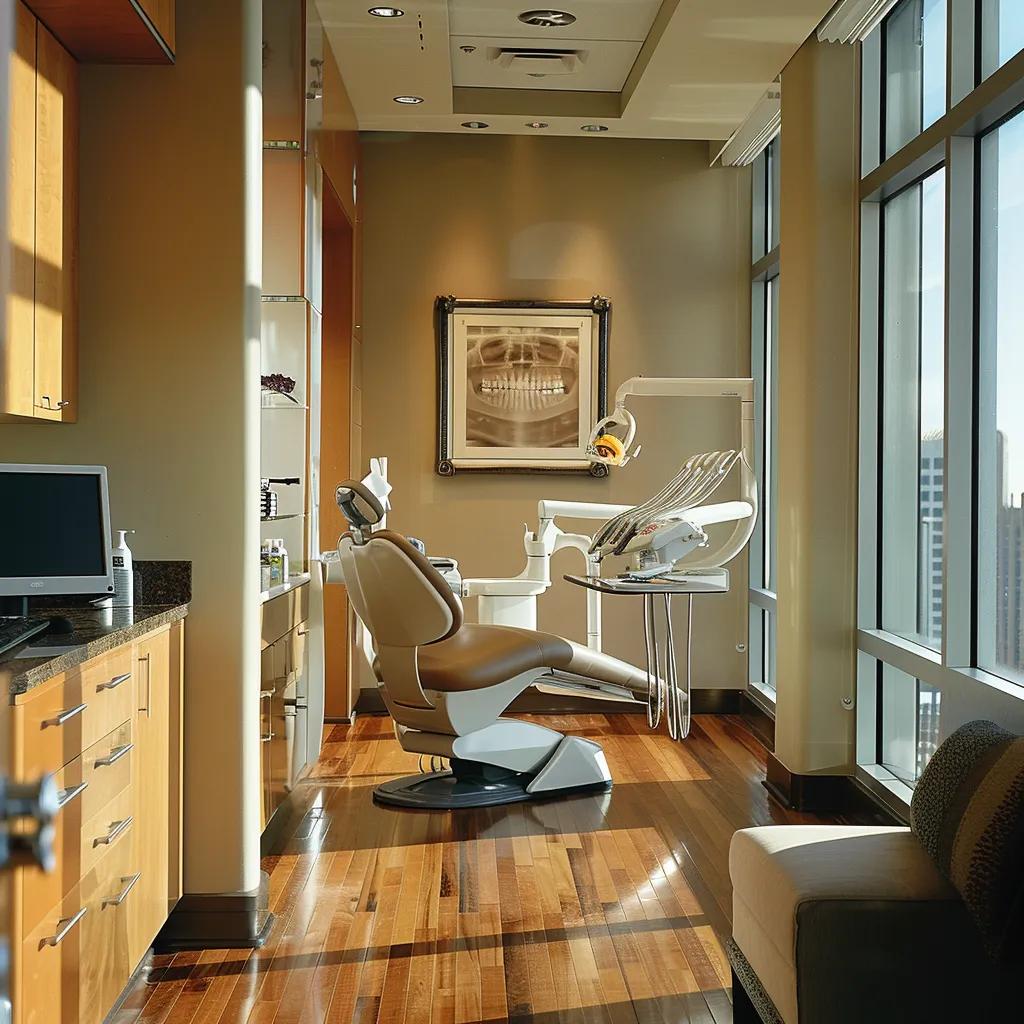Bruxism, or teeth grinding, while common, presents risks that can escalate into painful TMJ disorders. Early awareness and intervention are crucial to managing these conditions and preventing long-term health problems. A deeper look into the progression from teeth grinding to TMJ complications can help inform effective preventive measures.
Initially, bruxism may seem harmless, yet it is capable of causing significant stress on the TMJ, leading to discomfort. As the condition persists, the stress can cause tenderness and aching in the jaw, signaling the start of TMJ-related issues. This emergence of symptoms underscores the need for prompt recognition and action to halt further joint damage.
Over time, if bruxism is not addressed, it can evolve into a TMJ disorder, characterized by more intense pain and restricted jaw movement. The gradual shift from sporadic grinding to a constant habit increases the risk of developing a chronic TMJ condition, often requiring complex treatment to resolve.
The Mechanics of Bruxism and TMJ Damage
Bruxism places undue stress on the temporomandibular joint (TMJ), which can lead to a range of issues if not properly managed. To understand how to protect the TMJ, we must consider the mechanical effects of bruxism on the joint and the resulting need for intervention.
The initial effect of teeth grinding is the exertion of pressure that strains the TMJ, causing discomfort that can be a precursor to more serious conditions. This strain might manifest as a mild soreness in the jaw after waking up, a warning sign that the joint is under stress from grinding during sleep.
If bruxism persists, this pressure can cause inflammation in the TMJ, potentially leading to joint deterioration over time. The cycle of strain and inflammation can accelerate if bruxism goes unaddressed, progressively damaging the joint’s structure and resulting in increased pain and dysfunction.
The Underlying Causes of Bruxism
To prevent and treat bruxism effectively, it’s critical to understand the underlying causes, which are both psychological and physiological. A comprehensive approach that addresses these contributing factors can alleviate the condition and reduce the burden on the TMJ.
Psychological stress stands out as a primary trigger for bruxism, initiating involuntary jaw muscle contractions and teeth grinding. For example, high-pressure situations can lead to increased episodes of bruxism, with the individual often unaware of the grinding occurring, especially during sleep.
Physiological aspects such as dental misalignment contribute to bruxism by disturbing the natural resting position of the jaw, thus encouraging grinding. Conditions like sleep apnea, which disrupt normal sleep patterns, can also agitate the jaw muscles, further exacerbating teeth grinding.
Bruxism’s Impact at the Cellular Level
Bruxism affects the TMJ not just on a macroscopic level but also causes cellular damage that can accelerate joint deterioration. To safeguard against the progression of TMJ disorders, it’s essential to understand the cellular implications of bruxism and to intervene early.
Constant teeth grinding subjects the cartilage within the TMJ to shearing forces. These forces can be powerful enough to deform the cartilage disc, which serves as a cushion between the bones. Over time, the disc’s integrity is compromised, which is reflected in the functionality of the jaw and the comfort level during movements.
Another consequence of bruxism is changes in the synovial fluid, which normally serves as the lubricant for the TMJ. As the fluid’s properties degrade due to ongoing stress from grinding, the joint becomes less lubricated, leading to increased friction, wear, and potentially painful inflammation.
Personalized Treatments for Bruxism and TMJ
Successfully treating bruxism and TMJ disorders hinges on personalizing care to meet each patient’s unique needs. Dr. Brenner’s clinic excels in providing custom treatment solutions that are specifically designed for the individual’s condition, contributing to a better patient outcome and sustained relief.
At the core of personalized treatment are the custom oral appliances, which surpass the functionality of generic nightguards. Depending on the patient’s specific dental issue, such as extensive teeth grinding or inflammation of the TMJ, these tailored devices can provide targeted support and ease the symptoms effectively.
In addition to the mechanical intervention with oral appliances, addressing the root causes of muscle tension and stress is also crucial. By integrating therapies that focus on muscle relaxation and stress alleviation, the clinic ensures a comprehensive treatment strategy that aims for long-term alleviation of symptoms and overall wellbeing.

Identifying and Acting on TMJ Warning Signs
Early detection of TMJ warning signs is key to preventing the progression of the disorder. Our clinic’s decision-making process uses a comprehensive and systematic approach to evaluate symptoms and determine the best course of action for each patient.
The first step in our evaluation is to analyze the patient’s reported symptoms, like pain or discomfort in the jaw area. Whether it’s a consistent dull ache or sharp pains while chewing, these signals are crucial for understanding the severity and nature of the disorder, allowing for timely intervention before the condition escalates.
We also assess the functionality of the joint, examining how well it can move during normal activities. Restrictions in movement or unexpected locking of the jaw are strong indications that the TMJ may be compromised and require further investigation and prompt treatment.
Educational and Technological Support for Patients
To deliver comprehensive care for TMJ and bruxism, Dr. Brenner’s clinic combines patient education with advanced diagnostic technology. This dual approach not only empowers patients but also enhances the accuracy of their treatment plans.
Education is fundamental to patient care, impacting how individuals manage their TMJ and bruxism conditions. By providing clear, instructive materials, patients are better equipped to understand their symptoms and the importance of their treatment regimen. This knowledge encourages active participation in their journey to better oral health.
Advances in diagnostic technology are integral to our practice, giving us the tools to identify the specifics of each patient’s condition with greater precision. The use of such technology means patients benefit from more accurate diagnoses, which in turn lead to more effective treatment outcomes.
Daily Habits for Prevention and Long-term Care
Incorporating certain daily habits can prevent the onset of TMJ disorders and ensure long-term joint health. Patients can take proactive steps in their everyday lives to reduce the likelihood of developing issues associated with bruxism.
Relaxation techniques play a vital role in mitigating jaw tension and preventing teeth grinding, a common trigger for TMJ problems. Practices such as mindfulness meditation or deep-breathing exercises help to lower stress levels, which in turn decreases the frequency of bruxism episodes.
Dietary choices can also influence jaw health, with certain foods exacerbating TMJ discomfort. Adopting a diet that avoids chewy or hard foods can minimize strain on the jaw, thereby reducing the risk of TMJ complications. Staying hydrated and ensuring adequate nutrition helps to maintain the overall resilience of the jaw muscles and joint structures.
Conclusion
Addressing the connection between bruxism and TMJ disorders requires a proactive strategy, one that is tailored to each patient and supported by a strong educational foundation. Dr. Brenner’s practice is committed to providing care that not only resolves immediate concerns but also fosters long-term dental health.
Personalization is at the heart of our treatment methodology. Each patient receives a plan designed around their specific symptoms and needs. For instance, one individual’s bruxism might stem mainly from stress, while another’s could be the result of a bite misalignment. Acknowledging these differences ensures that each person gets the most effective treatment possible.
Education empowers patients, giving them the tools and knowledge necessary to manage their condition and actively participate in their recovery. Whether it’s through understanding how to use their custom oral appliance or learning relaxation techniques to lessen bruxism, informed patients are better able to adhere to their treatment and appreciate its benefits.
By combining cutting-edge technology with a compassionate approach, Dr. Brenner’s clinic excels in providing quality care. The integration of these elements allows our patients to not just heal from bruxism and TMJ disorders but also to experience lasting improvements in their dental and overall well-being.
Book Your Consultation Today!
Dr. Bethaney B. Brenner DMD
8 Milford St, Burlington, CT 06013
FAQs
What are the long-term effects of untreated bruxism?
Chronic bruxism can lead to persistent TMJ pain, dental damage like worn or fractured teeth, and even changes in facial structure. Without treatment, these issues may escalate and require more complex interventions later on.
Are children or teens at risk for bruxism and TMJ disorders?
Yes, bruxism can affect people of all ages, including children and teenagers. It’s important to monitor young patients for symptoms such as nighttime grinding, headaches, or jaw discomfort and to seek evaluation early.
Can lifestyle changes help reduce the frequency of bruxism?
Absolutely. Reducing stress, maintaining good sleep hygiene, limiting caffeine and alcohol, and avoiding gum chewing are all beneficial habits. These adjustments can ease tension on the jaw and decrease bruxism episodes over time.





